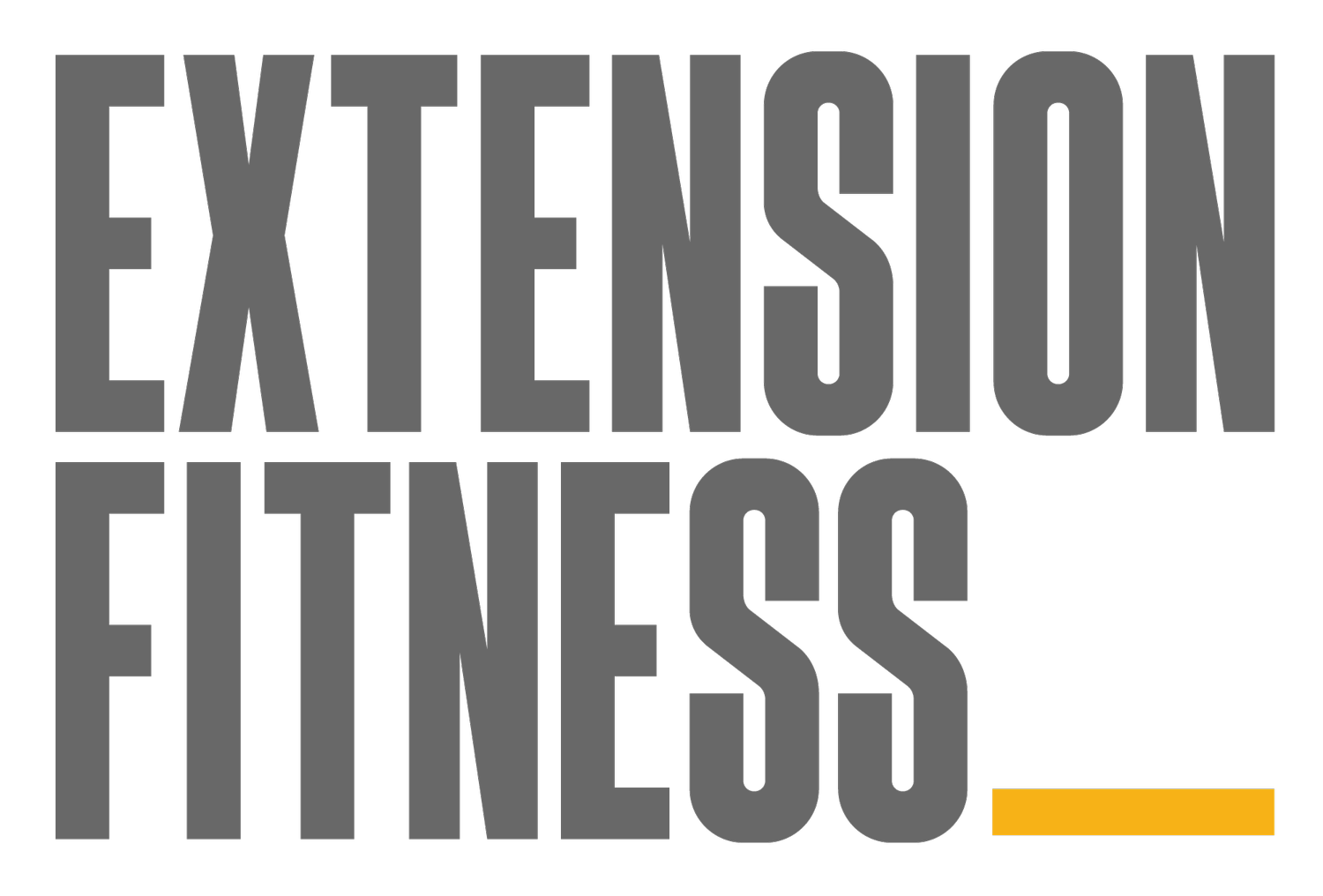Guidelines For Warmups & Cooldowns
Why Warm Up?
Before you commence your training session, it is highly advantageous to prepare your body for the work you’re about to do. This is true from both a performance and injury prevention standpoint.
Warming Up For Resistance Training
Prior to a resistance training session, you can prepare your body for training by doing “warm up sets” of your first exercise. A warm up set is where you perform an exercise at a low weight (for you).
Ideally, you’d do one or several warm up sets prior to each exercise on your program for the day. More sets are needed if the weight is heavy.
If you do warmup sets, it is usually not necessary to do a prolonged cardio based warmup or lots of stretching. There may be circumstances where this is necessary, however, such as in the presence of excessive soreness or if circulation is poor (e.g. when diabetes is present).
So, if the first exercise on your program is 3 sets of 10 barbell squats at 6RPE, and you will lift approximately 40kg for that intensity level, then you can do two warm up sets to get ready: one with only the bar (20kg), and then one with an extra 10kg (total = 30kg). You’d then take a quick break before starting your first “work set” at 40kg.
Warming Up For Cardio
Performing a warm up for a cardio session is also best-practice. The duration of your warmup will vary.
Easy cardio: warm up equals 5-10 minutes at low intensity in the cardio modality you’ll be training
Warming Up For An Easy Run
II recommend you walk or jog for 5 minutes prior to lifting your pace on easy runs. If you’re sore or fatigued, stretch it out towards 10 minutes.
Warming Up For A Hard Running Session
I recommend you walk or jog for 10 minutes, then do 5 reps of “strides” where you accelerate from a slow speed to your highest non-sprinting running speed (e.g. a pace you’d move at in a 400m race) over a 30 second period.
This prepares your body well for the high demands of hard running.
It is also good to do some drills to prepare you for hard running.
Here’s a good sequence to follow:
High Knees - 2 x 15 seconds with a 10 second rest
Butt kick under - 2 x 15 seconds with a 10 second rest
A Skip - 2 x 15 seconds with a 10 second rest
Should I Stretch?
Generally speaking, stretching is not strictly necessary prior to an exercise session, unless you need to stretch in order to access a range of motion that you do not possess without lengthening your muscles.
If you do not possess the necessary flexibility to do your activity of choice, it’s a good idea to work on acquiring the range of motion you need either after your training sessions, or at some other time. Too much stretching prior to training may reduce your power and it can also represent an unnecessary addition to the training session - which is an issue for many time-poor people.
Stretching can be very relaxing and pleasurable, and has a role to play in injury prevention. It has, however, been overemphasised in the past.
What About Cooldowns?
A cooldown is a great idea.
It is helpful to de-escalate your effort after a session, especially if it’s been a hard effort and you’re about to be sitting still (e.g. in a car or at a desk). Personally, I find if I do not cool down after hard running, I get low back pain.
To cooldown, do 5-10 minutes of very low intensity constant motion (like walking on a treadmill) or until you feel fresh again and you can move easily without undue heaviness in your body. Stretching or range of motion activities (including foam rolling) can be a good way to transition you from hard effort to your typical daily activities.
